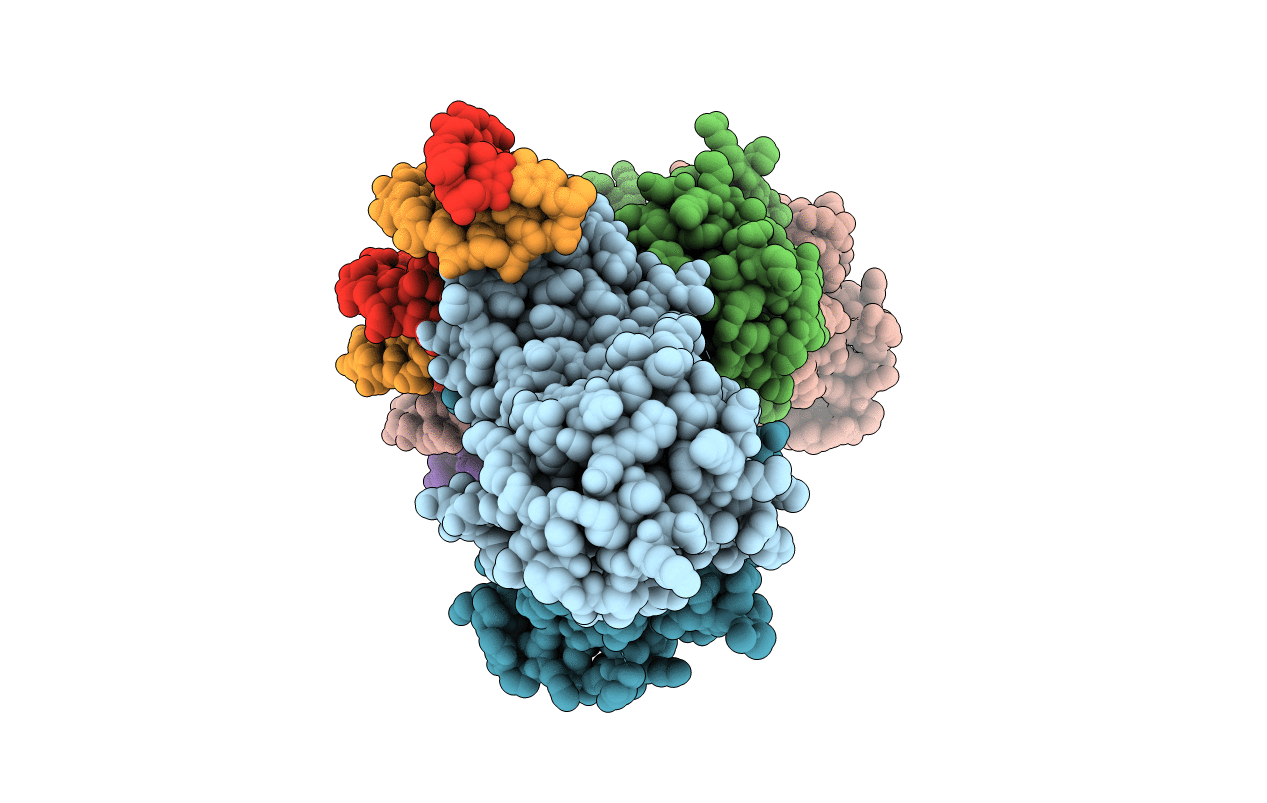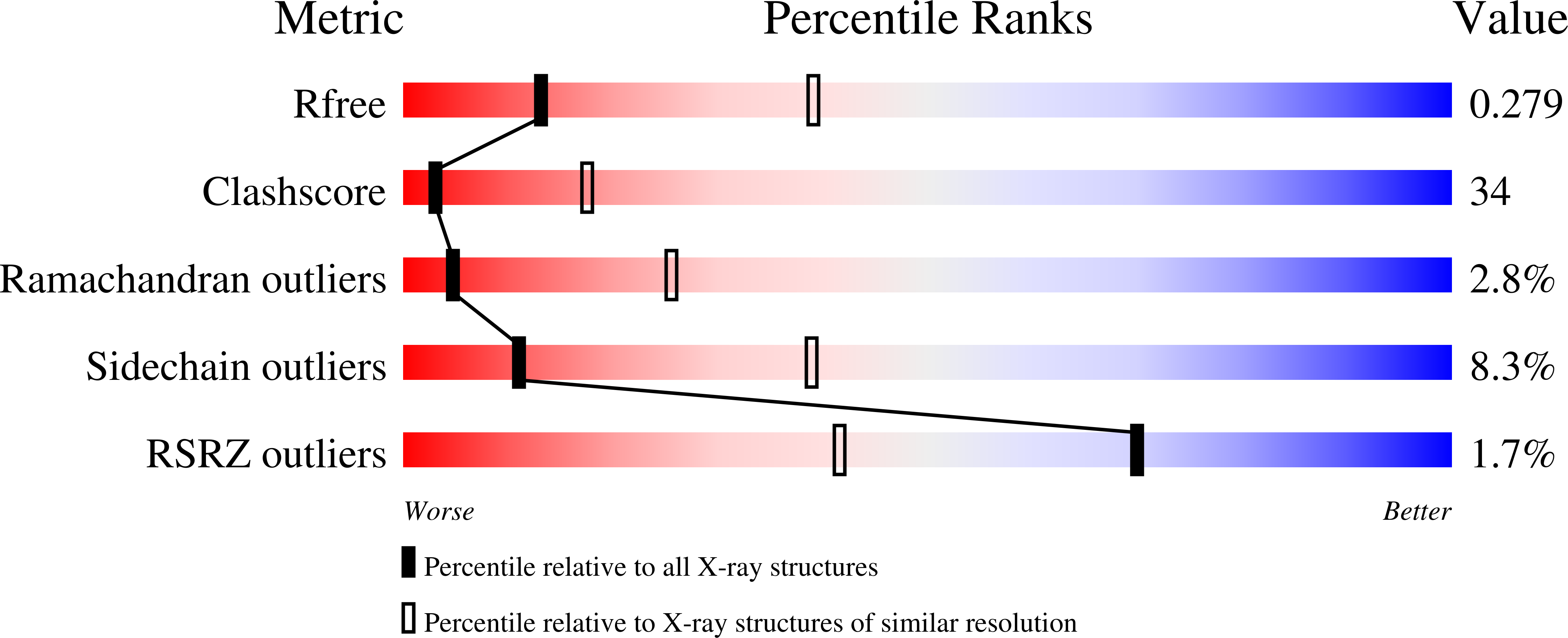
Deposition Date
2002-06-25
Release Date
2002-08-29
Last Version Date
2024-11-13
Entry Detail
PDB ID:
1H0M
Keywords:
Title:
Three-dimensional structure of the quorum sensing protein TraR bound to its autoinducer and to its target DNA
Biological Source:
Source Organism:
Rhizobium radiobacter (Taxon ID: 358)
synthetic construct (Taxon ID: 32630)
synthetic construct (Taxon ID: 32630)
Host Organism:
Method Details:
Experimental Method:
Resolution:
3.00 Å
R-Value Free:
0.28
R-Value Work:
0.23
Space Group:
P 21 21 21


